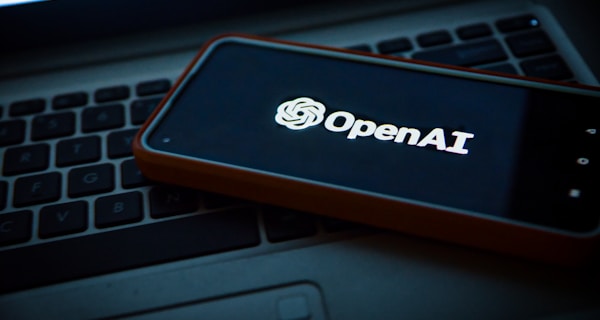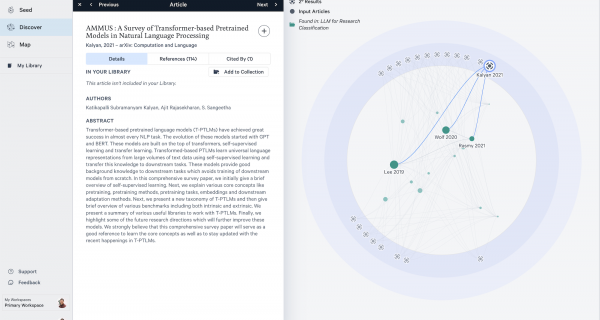Can machine learning algorithms make better investment decisions than business angels?
Study finds that business angels only outperform algorithms when they had an extensive investment experience and when they overcame their cognitive biases

Given the amount of data available from online sources, many investors have begun using algorithms to scout investment opportunities and help make them make better investment decisions. The fact is algorithms can process large amounts of unstructured and ever-changing data from an almost infinite number of sources to make predictions about future events.
In a recent study published by Ivo Blohm, Torben Antretter, Charlotta Sirén, Dietmar Grichnik, and Joakim Wincent in the journal of Entrepreneurship Theory and Practice, the authors hypothesize the following:
- Early-stage investments selected by machine learning (ML) algorithms are more likely to generate higher investment returns than those selected by business angels.
- The difference in the investment performance between ML algorithms and business angels stems from human decision biases.
To test their hypotheses, they examine one of Europe’s largest angel investment platforms for a period of over 4 years (December 2013 to June 2018). Out of 472 business angels who made at least one investment during that time period, 255 of them invested in 3 or more companies. To carry out their study they compared the investment outcomes of the 255 business angels with an ML algorithm they developed that also chose and selected early-stage companies to invest in. From the study’s results, the investigated business angels achieved, on average, an internal rate of return (IRR) of 2.56%. On the other hand, the machine learning algorithm the authors developed to make investment decisions outperformed these returns. On average, the ML algorithm achieved an IRR of 7.26%.
Therefore, according to the study, the initial hypothesis, which suggests that early-stage investments picked by ML algorithms are more likely to generate higher investment returns than those selected by business angles, thus receives strong evidence. Furthermore, the data from the study is also able to show that business angels experience three different decision biases:
- Local bias, in other words, the business angel’s tendency to make investments in close proximity to their own location. 28% of the business angels made at least 50% of their investments within their country of residence; 19% of them made more than 75% of their investments within their country of residence.
- Overconfidence, in other words, business angels’ tendency to overestimate their knowledge and/or investment skills. 91% of the business angels examined exhibit overconfident investment behavior with selected investment tickets being more than 1 standard deviation higher than their average investment size; 16% of them made extreme investments that diverge more than 2 standard deviations from their average ticket size.
- Loss aversion describes business angels’ tendency to be more sensitive to potential losses than to potential gains. According to the data, only 19% of the investments were made in seed-stage ventures, suggesting that most business angels tend to be somewhat loss averse.
The results for all individual biases and the combination of biases show that business angels who had lower bias values had higher investment returns compared to business angels with high bias values. Therefore results from this study also provide strong support for the second hypothesis, confirming that decision biases are an important differentiator of business angels’ investment returns and may therefore be the reason why unbiased machine learning algorithms outperform them.
Interestingly enough, the paper was also able to show that while inexperienced investors achieved an average IRR of 0.31%, more experienced investors achieved an average IRR of 5.20%, proving the fact that experience is a key contributor to increased returns. The authors also conclude that all experienced business angels with low loss aversion and low overconfidence significantly outperform the ML algorithm in terms of IRR.
For new venture capitalists and angel investors with little experience, investing in developing a machine learning algorithm might be the edge needed to compete against more experienced investors.












































